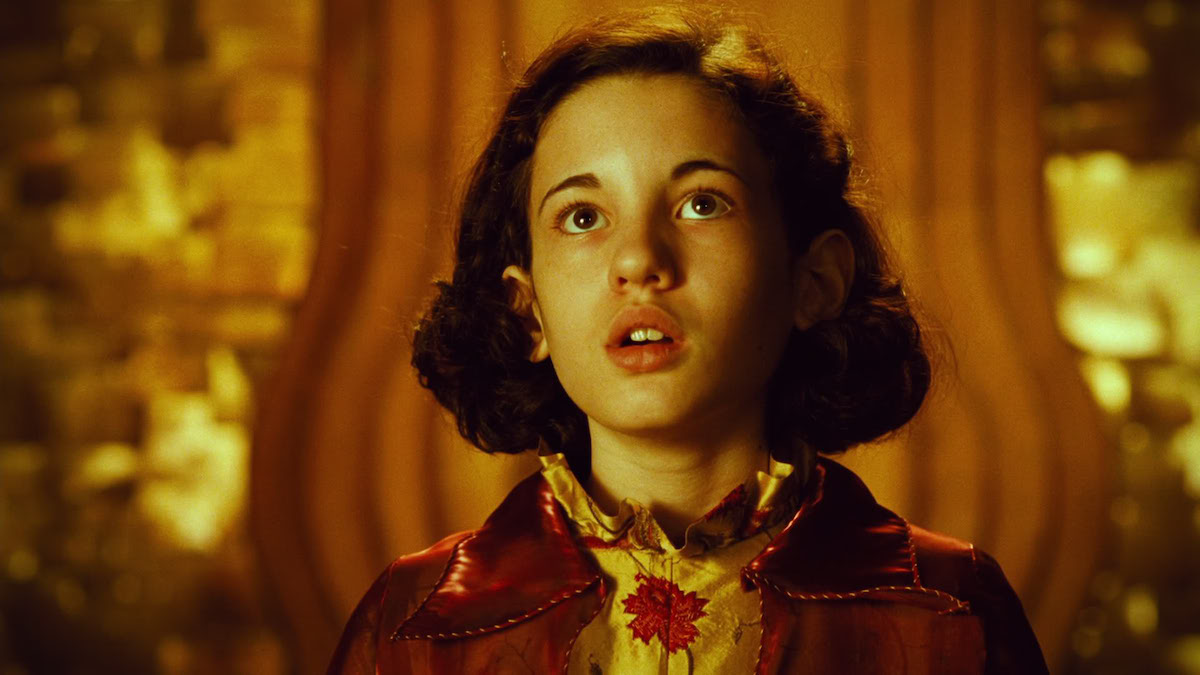
It is no mystery that cinema has been influenced several times by some of the most important philosophical and artistic movements. Through its history, cinema has proven its capability of using images as a medium to evoke abstract ideas. With the arrival of cinematography, artists found a new and powerful way of penetrating their surrounding reality.
Filmmakers and spectators started to realize that cameras could show us aspects of our existence often invisible to the naked eye. Some directors continually try to push the boundaries of what can be filmed by addressing concepts such as nature, divinity, and death in their films. These subjects once were the primary concern of writers, painters, and philosophers of Romanticism.
The Romantic movement mostly had an impact in Europe towards the end of the 18th century, especially in Germany, but not exclusively. Romanticism gave rise to an avalanche of influential philosophers such as Schelling and Herder, poets such as Goethe and Lord Byron, and painters such as Delacroix and Caspar David Friedrich, to name a few. All of them have a common interest in the relation between man and nature, a relation that has deteriorated, resulting in a separation between mankind and Absolute.
While many existing films took inspiration from romantic ideas, the following exhibit fascinating aesthetic and ideological influences from a variety of Romantic sources. Before starting with the list, we must make a necessary clarification. The films included were chosen because they display important characteristics of romantic thought, but the following interpretations are not intended to be final. The purpose of this list is to show a different perspective of these widely-known films. Enjoy!
9. Baraka (United States, Ron Fricke, 1992)
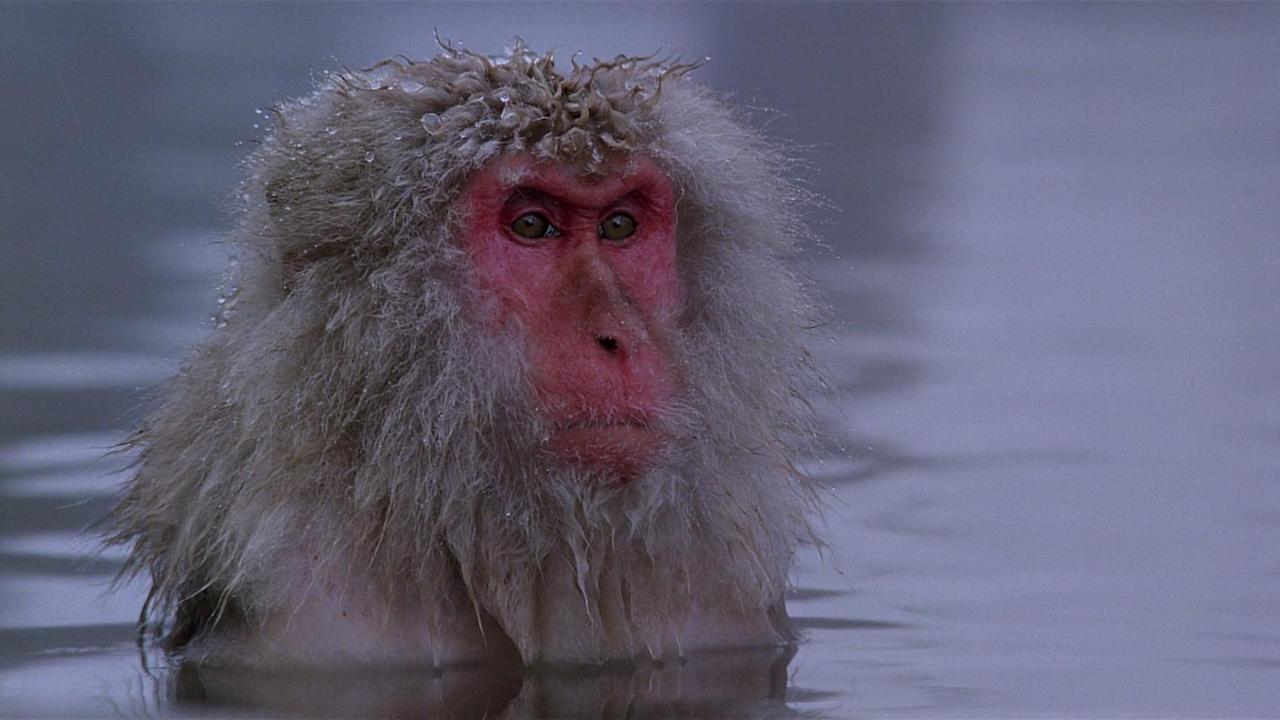
Roger Ebert wrote on his review of this American documentary that if men could only send one film to outer space, this film would be the most appropriate choice. Perhaps he was right. The film gently dances between images of nature as she shows herself and pictures of what we have done with her. Fricke’s influential project dispenses of verbal language because the sequences themselves are the ones speaking at us. Much like the romantic spirit, this film transforms art into an instrument of contemplation.
Baraka holds structural similarities with the well-known Qatsi trilogy and with Fricke’s most recent work, Samsara. This style of filmmaking that prioritizes visual language over verbal language is dedicated, as Herder may say, ‘to see the world.’ The world is where we exist, where we show our true selves. We watch different rituals, traditions, and customs throughout the film. Religion and art are fundamental parts of what we are, Romantics would say (and later Hegel would agree), and that is what Baraka strives to show us. This documentary appears to be always approaching the romantic concept of Volksgeist, i.e., ‘national spirit.’ Some certain features and traits characterize us as people that belong to a collective.
The film’s ultimate message, much like most of the following films on the list, is the contraposition between humanity and nature that resulted in man’s desire to dominate nature, in this case, with industry. This is what romantic philosophers wanted to emphasize. Baraka includes not only sequences of beautiful human traditions but shots of despicable industrial practices as well.
8. Princess Mononoke (Japan, Hayao Miyazaki, 1997)
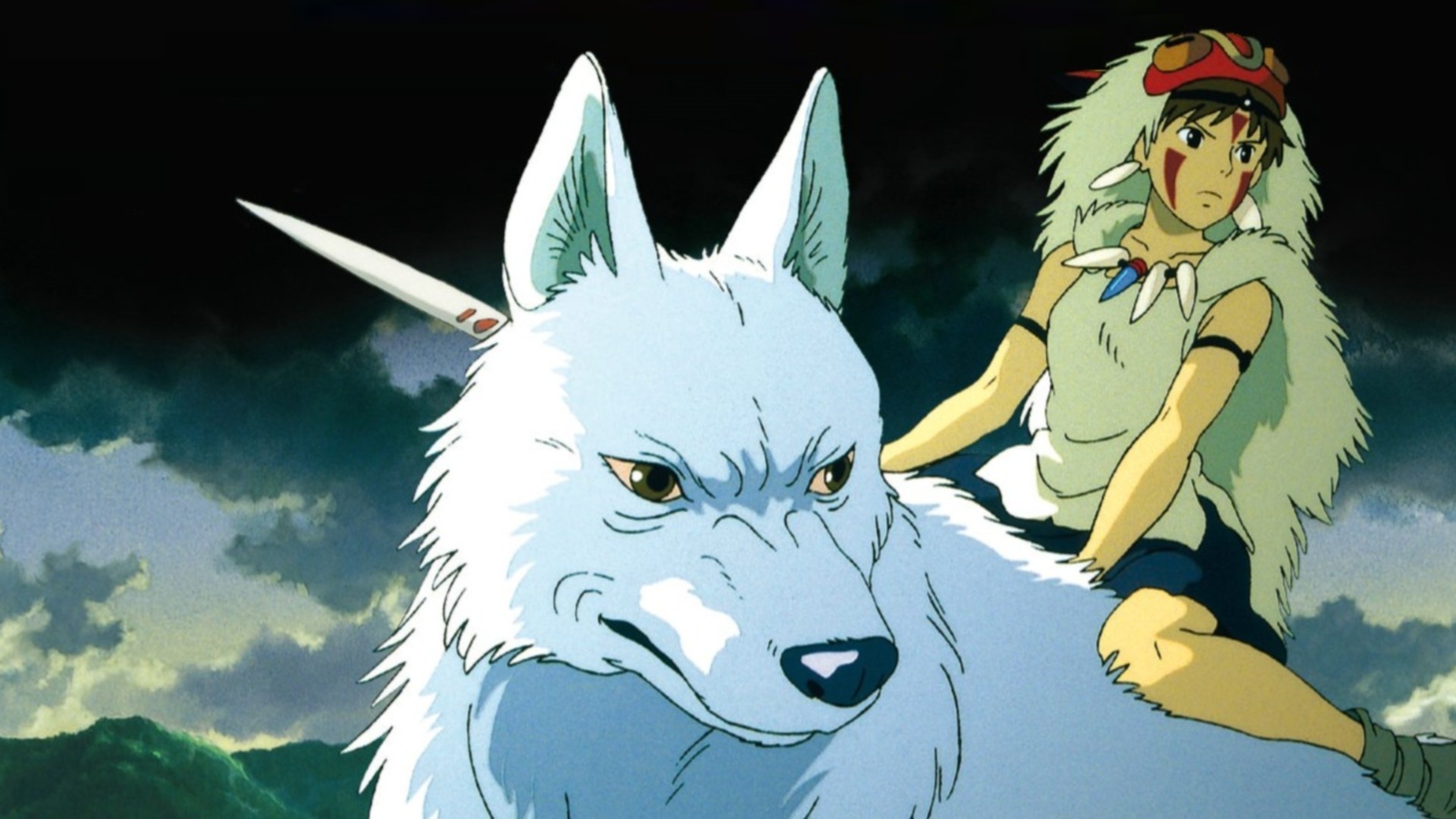
Most readers would find counterintuitive to include a Japanese film in a list of films influenced by a predominately occidental movement, but there are solid reasons to relate Miyazaki’s animated masterpiece with Romanticism. The film follows the story of Ashitaka, the young prince of an Emishi village, and his quest to find the cure to a curse given to him by a god-turned-demon.
Princess Mononoke is full of beautiful hand-drawn images accompanied by Joe Hisaishi’s impressive score, which helps to set the naturalistic tone of the film. This 1997 film was neither the first nor the last time that Miyazaki has demonstrated how essential nature is in his work.
From the sympathetic creatures in My Neighbor Totoro to the River Spirit in Spirited Away, Miyazaki’s filmography has shown us that there is something mysterious in nature. In the case of this film, the objective is to show the permanent divinity present in nature. Gods are animals that interact in the forest; when the forest is affected by human industry, the gods resent it.
This conception of a divine nature is shared, one way or another, by almost every German idealist philosopher. Concretely, Schelling’s Philosophy of Art centers in this matter and embarks on an examination of our universe as the perfect reflection of God. Furthermore, we see how disastrous is Lady Eboshi’s faith after she dares to defy nature’s order. This is a subject where not only German romantic philosophers converge, but some novelists as well. We can see the same issue in Mary Shelley’s Frankenstein (often associated with Romanticism). When men want to surpass God’s power, they encounter consequences.
7. Aguirre, the Wrath of God (Germany, Werner Herzog, 1972)
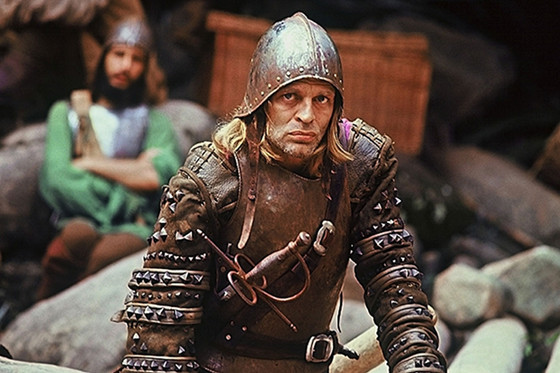
Very few films have attempted to create a cinematic experience like the one we get when we sit to watch Herzog’s Aguirre. This historical drama takes place in the Amazon River in South America, as it is explored by a group of Spanish conquerors hoping to find El Dorado. The commander of this group is the stubborn Lope de Aguirre, whose aspirations of finding wealthiness and glory have repercussions on the expedition.
What we see in the film is a story of insanity, a descending course to redemption with nature. Herzog’s film blurs the line that separates art from reality by merging both. The German filmmaker threw himself and his whole crew to the Amazonian landscape. The evolution of mental states we witness in the characters mirrors what the cast and crew experienced. The film lets us immerse ourselves in the environment. For the most part, we are left alone with the sound that nature emits, with the striking score provided by Popol Vuh only appearing when necessary.
Klaus Kinski’s performance as Aguirre is superb; rarely have we seen a historical figure portrayed with this level of complexity. Many interpretations can be made on Aguirre, depending on how we may approach him, but, for our list, let us allude the archetype of the romantic hero. This subject is strongly present in Lord Byron’s poetry. Some other examples of the romantic hero appear in Hölderlin’s poetic work and Schiller’s William Tell, for example.
Romantic heroes are tragic. They are forced to accept a superior order they cannot control, that is why they are so tenacious. In their eagerness to impose their will, they often end up acting irrationally. Aguirre’s antithesis is Pizarro, whose common sense led him to decide that continuing the expedition would be insane. The romantic hero struggles with a tension between his will and the superior powers to which he must surrender. This tension, far from being immobilizing, motivates our hero to fight against the destiny that has been imposed on him. Aguirre insists on continuing the expedition, only to find himself hindered by the powers of nature. No film can show this dialogue between hero and nature the way this epic drama masterpiece does.
6. Pan’s Labyrinth (Mexico/Spain, Guillermo del Toro, 2006)
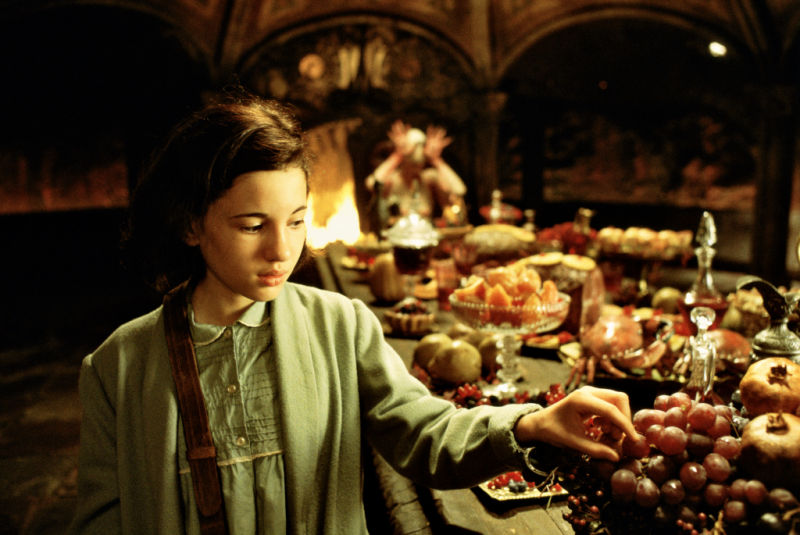
Frequently cited as one of the best films of the 2000s, Guillermo del Toro’s fantastic tale of a young girl who loves to read fairytales is a stunning, dark and imaginative film. The story takes place in Spain during the Francoist era. We follow Ofelia as she struggles with having to live with her stepfather, a ruthless military man. Ofelia’s only companions are her books, which would keep her distracted from a place she does not want to be. Soon Ofelia finds out that her new home is not as dull as she might have thought.
We have almost exclusively referenced philosophers in our list, this time, let us recognize how Romantic painters have impacted filmmaking. It is a well-known fact that Del Toro is an art enthusiast, and he may have received influences from multiple artists when filming Pan’s Labyrinth. The Mexican filmmaker, though, seems to honor the country where his film takes place. He takes inspiration from one of the most beloved Spanish painters, namely, Francisco de Goya.It isn’t entirely clear to which artistic movement Goya belongs, but many historians have agreed to label him as a Romantic.
VFX supervisor Everett Burrell has confirmed that the scene where the Pale Man devours the fairies was initially inspired by Goya’s most famous painting Saturn Devouring His Son. The fleshiness and the goriness of the scene, combined with the dark color palette and the dim lighting, indeed resemble the overall aesthetic of Goya’s painting. The generally accepted interpretation of this painting is that it reflects the unstoppable course of time that men can only submit to. The scene has echoes of this as well: Ofelia must come back to the ‘real’ world before the hourglass stops.
Another inspiration from Goya we may find in Del Toro’s wonder is the faun. The characterization of this mythological creature is closer to a devil than it is to a faun or a satyr. The faun’s design is relatively similar to the demon portrayed in Goya’s Witches’ Sabbath. The painting is often interpreted as a tension between reasoning and passion, between reality and imagination. This was a matter of interest in multiple romantic authors, from Novalis to William Blake. We dare to say that Pan’s Labyrinth depicts this in its story. Ofelia lives in a fantastical realm of the unknown, as opposed to Vidal, who embraces an empirical reality: a reality of war, politics, and moral rigidness.